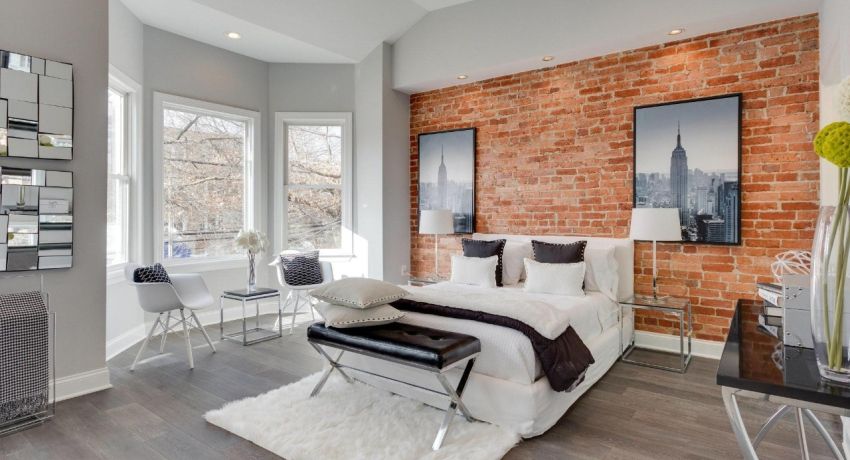Before constructing a building, it is important to determine what kind of foundation is best for the house. The service life of the future structure and the quality of operation depend on its performance. Choosing an entry-level is a very difficult procedure, because here you need to take into account the structural features. In this article, we will consider the main criteria for choosing the optimal design that will help you when performing construction work..
The content of the article:
- Foundation options for soil properties
- What is the best foundation for a house on clay soil
- Types of bases
- Summing up
Foundation options for soil properties
When choosing a base, it is necessary to build on the type of soil and the project itself. To determine the type of land, geological surveys are carried out at the site of the planned site. In the construction industry, the following types of land are distinguished:
-
rocky;
-
semi-rock;
-
sandy;
-
clayey.
Each of the varieties has its own properties that must be taken into account when designing. It is worth noting that the look can change with deepening, so the thickness of the layers must be taken into account. For example, sandy ones are characterized by low resistance and small size of the components. Here you need a large margin of safety during construction. The clay type consists of even smaller particles. For stable soil, a strip foundation is suitable, which does not need to be greatly deepened. In this case, not monolithic structures are often used, but prefabricated from separate blocks.
Moving soils require solid slabs to be installed over the entire building area. They are reliably reinforced and provide a high margin of safety. If your site is close to underground waters, then the best option would be columnar and pile. The same requirements apply to areas with uneven terrain and rock formations. It is worth noting that the pile and columnar options are unacceptable to use in places where the soil is inclined to move horizontally. This will lead to displacement and destruction of the structure. Often in individual construction, in order to save money, people try to independently determine the type of soil without conducting surveys. In most cases, this is quite possible. The following method is usually used:
-
we take a little land from the site;
-
add a small amount of water and roll out the resulting substance;
-
then we try to fold the resulting shape into a ring;
-
if this works out, then most of the soil consists of clay;
-
when decaying – most of the mixture is sand.
Another method is also used. The soil is placed in a container with water, its cloudiness can be caused by a high content of small particles characteristic of clay and loamy species..
What is the best foundation for a house on clay soil
Clay varieties tend to have large swells, especially in the off-season when humidity levels are high. In this case, the base undergoes deformation, which over time leads to the destruction of the structure. To avoid this, it is necessary to carefully plan the structure of the house and make a high-quality drainage system. On the territory of our country, there are many areas with a high clay content in the soil. This makes construction much more difficult, but a properly selected starting level will allow you to build a durable and comfortable home anywhere. The main types of a good foundation in this case are:
-
tape with a large depression;
-
reinforced slab on a sand cushion;
-
screw pile.
Types of bases
The correct analysis of the composition of the soil allows you to make the optimal choice of the building base. The most common varieties are:
-
tape – is a concrete frame in the form of a tape, passing under all supporting structures;
-
slab – looks like a monolithic reinforced slab laid on the soil;
-
columnar – most often used for wooden buildings and represents pillars deepened into the ground, which can be a collapsible system;
-
pile – uses various types of piles that provide a solid system.
During the operation of any building, the soil is exposed to high loads. The most durable in this regard is the tape type of the base, which is a reinforced concrete strip that takes on all the loads. On stable soils, there is no need to bury it. If your site is unstable or too wet, experts advise building on a slab version. Before choosing the right foundation for your home, you should consider the following factors:
-
the base must provide sufficient strength for your structure with the possibility of expansion;
-
at the same time, he must minimize heat transfer from the room to the ground and vice versa;
-
its service life should be higher than that of walls and other structures, since it is not always possible to repair it;
-
it is necessary to provide for the possibility of creating cellars, garages and various utility rooms;
For private construction, economy is important, but quality losses are unacceptable. Each of the considered types of bases has its own advantages and disadvantages. There is no one model that can be called the best, because they all apply to different situations. Let’s consider in more detail the most commonly used types.
Strip foundation
Differs in its versatility. It can be used both for frame buildings and for capital stone structures. The only limitation is the possibility of erecting it on dense rocks without strong heaving. In this case, the site must have a fairly flat relief. The main advantages of this type are:
-
high strength to withstand brick buildings;
-
great opportunities for the use of internal spaces.
Among the shortcomings, one can single out a low level of heat resistance and resistance to moisture. Therefore, it is not recommended to install it in an area with high humidity. This base is installed around the perimeter of the entire house. It is also required under internal load-bearing walls. Its construction is accompanied by many earthworks and most often requires the installation of formwork. Moreover, this type of foundation is considered one of the easiest to build. With such a basis, you can easily equip high-quality and spacious basements. In this case, the concrete strips themselves serve as walls in the lower rooms. However, during construction it is necessary to take into account the level of groundwater.
The service life of the tape type depends on the material from which they are built. So, brick structures serve 40-50 years, concrete 60-80. If they are made of monolithic concrete, they can successfully fulfill their function for several centuries. It should be noted that longevity also depends on the quality of raw materials, the condition of the soil and other factors. Such bases are monolithic, prefabricated and combined. The first type is made directly on site by pouring concrete. They are reinforced to increase strength. The precast is assembled from individual reinforced concrete blocks, which are then attached to each other using concrete and reinforcement. Depending on the material used, such bases are divided into:
-
rubble – placed from large stones of natural origin;
-
rubble concrete – smaller material is used, filled with concrete;
-
brick – is a conventional masonry made of moisture-resistant bricks;
-
concrete – poured into a pre-prepared form.
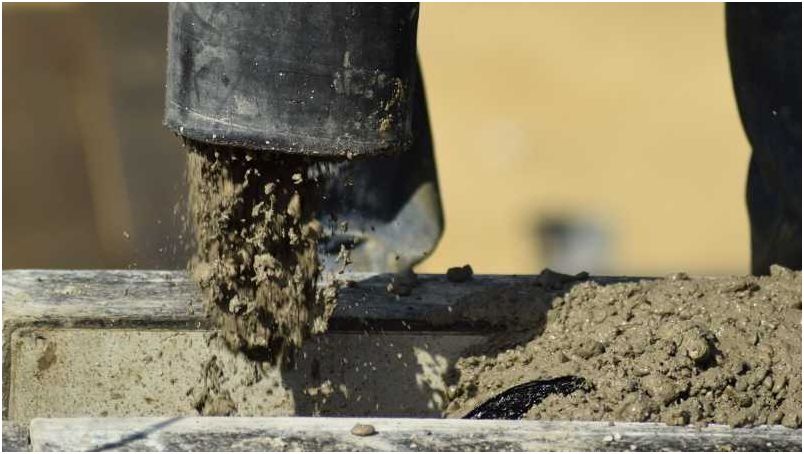
Slab foundation
This is one of the most expensive types of foundation. It allows you to build reliable and durable buildings. The basis is a monolithic reinforced slab, which is laid on a sand and gravel bed. To obtain the necessary properties, they often use a combination of technologies and erect slab-tape and slab-pile.
Sometimes, to simplify construction, instead of one slab, several are used. However, after laying them, you will still need a strong cement screed of the surface. The best foundation for this type of house is a solid monolithic surface..
When deeply buried, this variety can serve as a floor in the basement. To ensure the required strength, reinforcement is carried out over the entire area of the reinforced concrete product. This protects against cracking, even with poor-quality soil. The main advantages of using a plate are:
-
the ability to operate under any load;
-
there are practically no restrictions on the soil;
-
good thermal insulation performance;
-
moisture resistance.
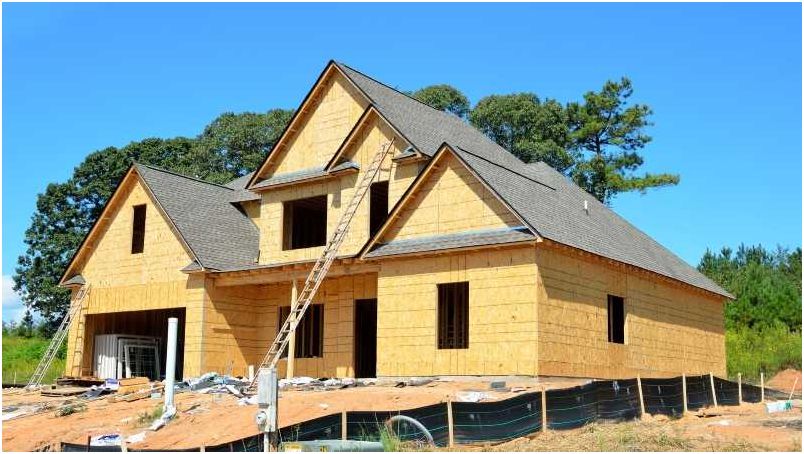
The disadvantages are:
-
the need for a perfectly flat surface;
-
high price;
-
with shallow bedding, there is no possibility of building underground premises.
To confirm the service life of a monolithic foundation, you can refer to history. Egyptian pyramids, erected on a similar foundation, have been standing for several millennia. This is the most durable material. However, when using stoves, it is not always possible to achieve such results. Complex structures require complex load calculations. When used on problem soils, the slightest imperfections can affect the durability of the product..
It is worth noting that slab varieties are able to compensate for significant horizontal and vertical soil vibrations. That is why it is often used with a bulk, heaving and constantly frozen layer of the earth. It also protects the building from groundwater, but at the same time there must be a well-thought-out drainage system, hydro and thermal insulation.
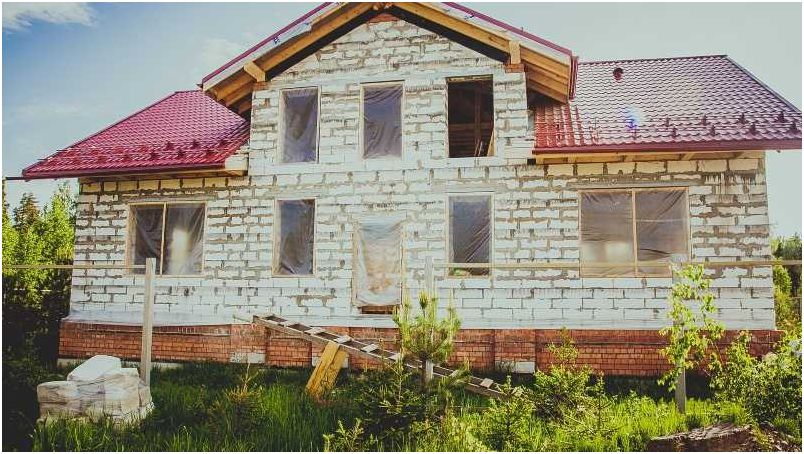
Pile foundation
In this type, piles are the main supporting element. They evenly distribute the load from the building and are not afraid of uneven shrinkage, to which the tape is very sensitive. This type is the only one possible for use in some types of difficult and mobile soils. In addition to ensuring the stability of buildings, pile structures can strengthen the soil. There are several of these types, which are used depending on the requirements for future construction..
Screw piles are suitable for low-rise buildings in low-moving land. Also, for their use, groundwater must lie at a depth exceeding 3 meters. They are a metal pipe with a drill at the end. Therefore, when choosing them, you should pay attention to the quality of the metal. It should be remembered that even corrosion-resistant metal products lose their properties over time in an aggressive environment. Among the obvious advantages is the ability to install such products without the use of special equipment..
Reinforced concrete piles are structures resistant to aggressive environments with high strength. They are able to withstand huge loads for a long time without changing their properties. At the same time, thanks to different types of concrete and reinforcement, it is possible to create reinforced concrete elements with different characteristics..
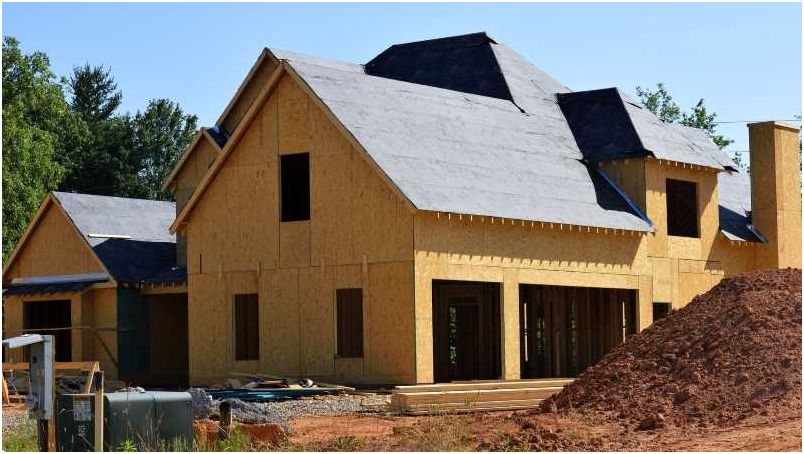
Bored products are considered the most reliable and able to successfully withstand both vertical and horizontal loads. However, they are very expensive and their use in low-rise construction is not always economically justified. Working with such structures requires the involvement of a large amount of sophisticated equipment. You will also need a lot of high-quality concrete and reinforcement. The choice of the type of foundation for a pile-type house is based on careful survey work. Its main advantages are:
-
high resistance to various mechanical influences;
-
resistance to aggressive substances;
-
long service life;
-
a large margin of safety, which is especially important for private housing construction, when residents are constantly expanding their buildings.
Among the disadvantages are:
-
high complexity of installation;
-
during installation, neighboring buildings can be damaged;
-
high price.
However, despite all its shortcomings, this type is often used in both individual and multi-apartment construction..

Column foundation
It consists of pillars installed according to the calculations performed. It is suitable for small buildings not exceeding 2 floors in height. The construction of such a foundation does not require land work, and its cost is the lowest. However, this variety should not be used in the following cases:
-
in areas with moving ground in a horizontal plane or high levels of humidity;
-
if you are planning to build a large house with brick or reinforced concrete walls;
-
with a significant difference in height.
The columnar foundation is made of wood, brick, concrete and other materials. The service life of the supporting structures depends on the choice of raw materials. Even for treated wood, the service life does not exceed 30 years. However, reinforced concrete pillars have an almost unlimited service life..
To increase the durability, products are treated with various compounds that protect against moisture, rodents and other factors. For wooden supports, you should select solid wood. For a long time, rubble stone has been used as materials for the construction of posts, which has a long service life. This type is repairable and, if necessary, you can replace the damaged part with minimal effort. Depending on the depth of the pillars, such a foundation is divided into:
-
not buried;
-
shallow;
-
buried.

Summing up
As we can see, there are a huge number of varieties of foundations for the house. In order not to be mistaken when choosing, you need:
-
determine all the parameters of the soil, the size of the layers and the level of groundwater;
-
learn all the nuances of the relief, and, if possible, even out it as much as possible;
-
calculate the characteristics of the building being built.
The question of how to determine what foundation is needed for a house is the most difficult during construction, therefore it is necessary to carefully carry out all the calculations, and it is better to entrust this matter to specialists with extensive experience in this field, which you can find at conceptualhouseplans.com. It should be remembered that the service life of your building and the comfort of its operation depend on this stage. Beginners often make mistakes that lead to dire consequences. Therefore, if you are confident in your abilities and have done thorough research, you can make your own choices. For individual development, you will be helped to answer the question of how to choose a foundation for a house, professional advice given in this article.
